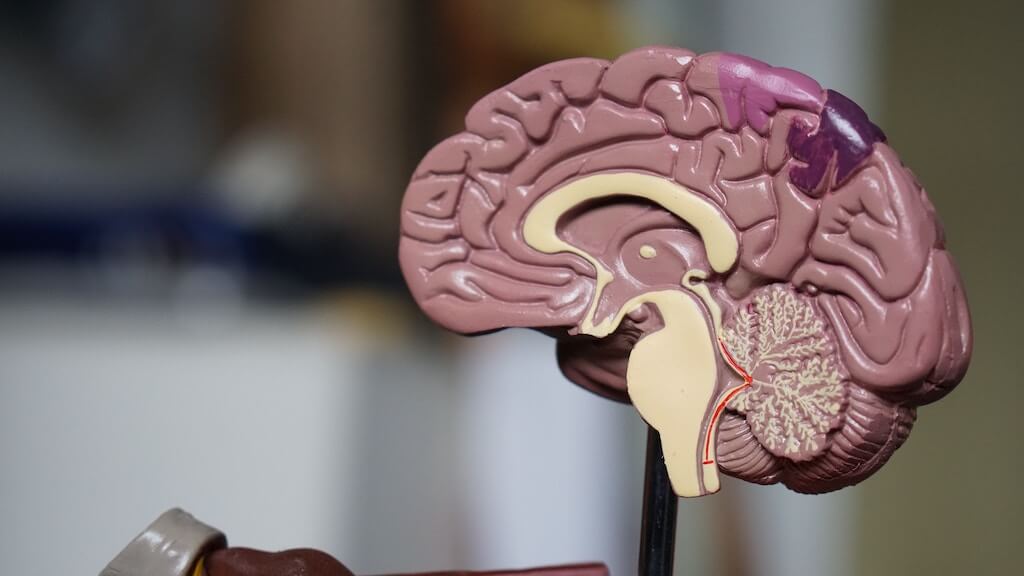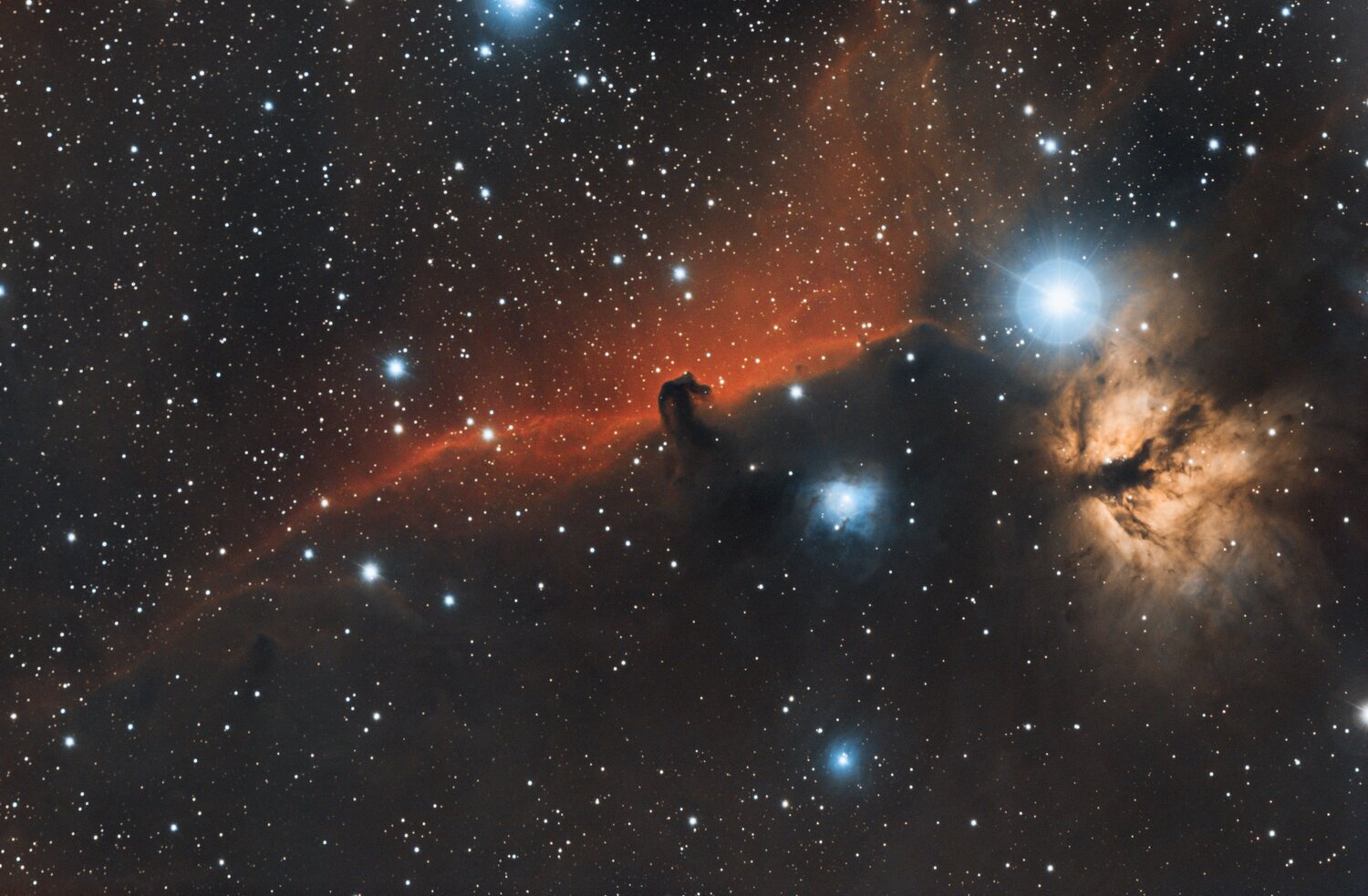Cognitive-Theoretic Model of the Universe
The Cognitive-Theoretic Model of the Universe or CTMU (pronounced "cat-mew"[1]) is the first self-simulation theory of the relationship between mind and reality. Its author, Christopher Michael Langan, has been billed as "the smartest man in America", with an IQ reported by 20/20 and other media sources to have been measured at around 195.[2] Langan created the CTMU in the mid-1980s while working as a bar bouncer on Long Island. Among his claims for the theory are that it constitutes absolute truth, provides the logical framework of a Theory of Everything, and proves the existence of God.
Of limited means and largely self-taught, Langan created the CTMU in the mid-1980s while working as a nightclub bouncer on Long Island, New York. His first published paper on the theory, "The Resolution of Newcomb's Paradox", appeared in the December 1989–January 1990 issue of Noesis, the journal of the Noetic Society, a high-IQ society to which Langan belonged. Over the next decade Langan refined his work, continuing to publish and discuss it in high-IQ journals.
Wider recognition for Langan and his theory came in 1999, when Esquire magazine published a profile of him and other members of the high-IQ community.[3] Billing Langan as "the smartest man in America", the article's account of the weight-lifting bouncer and his Theory of Everything sparked a flurry of media interest. Articles and interviews highlighting Langan and the CTMU appeared in Popular Science,[4] The Times,[5] Newsday,[6] Muscle & Fitness,[7] and elsewhere. Langan was featured on 20/20[8] and interviewed on Errol Morris' First Person.[9] He posted an introduction to the CTMU on his website, and in 2002 issued a collection of philosophical essays, The Art of Knowing.



















